Where Did the Big Bang Happen?
According to standard cosmological models, which are based on general relativity and are found to agree well with observations, time and space did not exist before the Big Bang — or even at the time of the Big Bang, which is a point where the theory breaks down because various quantities (such as temperature and spacetime curvature) are infinite. Therefore these models do not describe the Big Bang as an explosion that happened at a particular point in a preexisting landscape of time and space.
These are only statements about a particular kind of model. The model incorporates various assumptions, and as we get closer and closer to the Big Bang, these assumptions become more and more uncertain. For example, it is possible that under conditions of very high density and temperature, the matter has exotic behavior that causes gravity to become repulsive. If this happens, then it’s possible that the Big Bang was not a bang but a bounce, and then time could be extended farther back into the past.
But even if time existed before the Big Bang, there is still another reason not to imagine the Big Bang as happening at one point in a preexisting empty space. Observations of the universe show a nearly complete lack of structure on very large scales, and the cosmic microwave background is also extremely uniform (with fractional temperature differences on the order of 10-5). For this reason, realistic cosmological models must be almost exactly homogeneous, meaning that no point in space has properties that differ very much from those of any other point. Therefore the best evidence is that the Big Bang happened uniformly, everywhere at once.
Since realistic cosmological models are homogeneous, every point in space has the same properties as every other point, and therefore the models don’t have a center. We can visualize this using the metaphor in which galaxies are dots on a balloon being blown up. No point on the balloon is the center of expansion. If you want to pick out a center, you have to pick a point in the air, not on the surface of the balloon. But in the balloon analogy, the third dimension is just an aid to visualization. Only points on the balloon’s two-dimensional surface represent actual points in space.
The following forum members have contributed to this FAQ:
bcrowell
George Jones
jim mcnamara
marcus
PAllen
tiny-tim
vela
This article was authored by several Physics Forums members with PhDs in physics or mathematics.


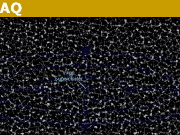
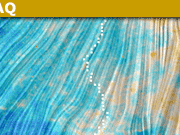
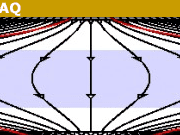
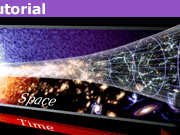
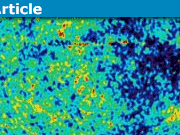
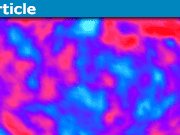
Leave a Reply
Want to join the discussion?Feel free to contribute!